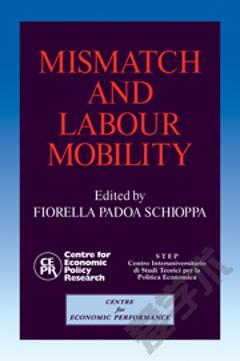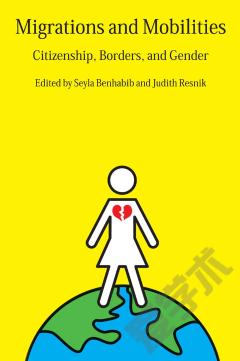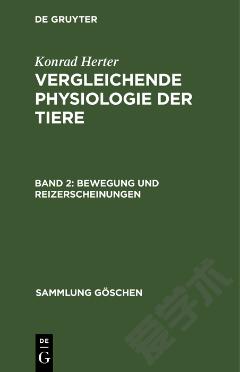Mismatch and Labour Mobility
High and persistent unemployment was experienced by most developed countries during the 1980s and inflationary pressures emerged at rates of unemployment far higher than those experienced in the 1960s and 1970s. This suggests that there was an increase in the natural rate of unemployment. Many researchers have sought to explain this development in terms of 'mismatch', arguing that the economies that have suffered most from persistently high unemployment are those that have been least flexible in matching their unemployed with the available employment opportunities. The contributors to this volume examine the evidence on sectoral wage differentials, labour mobility and the ratio of unemployment to job vacancies, in detailed studies of seven countries with a wide variety of labour market and macro-economic structures. They analyse the variations in unemployment rates across regions, occupations and demographic groups and investigate whether these help to explain the growth and persistence of unemployment. The volume also includes a cross-country study of skills mismatch in relation to the effectiveness of training programmes.
{{comment.content}}








 京公网安备 11010802027623号
京公网安备 11010802027623号